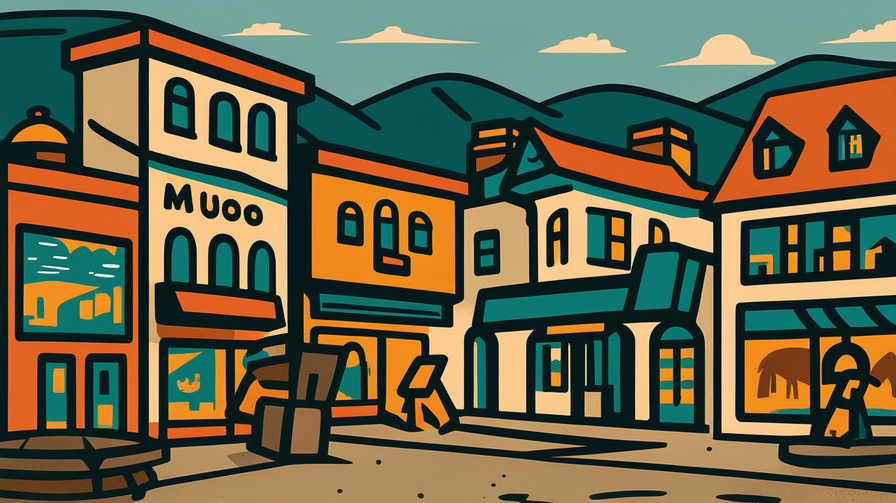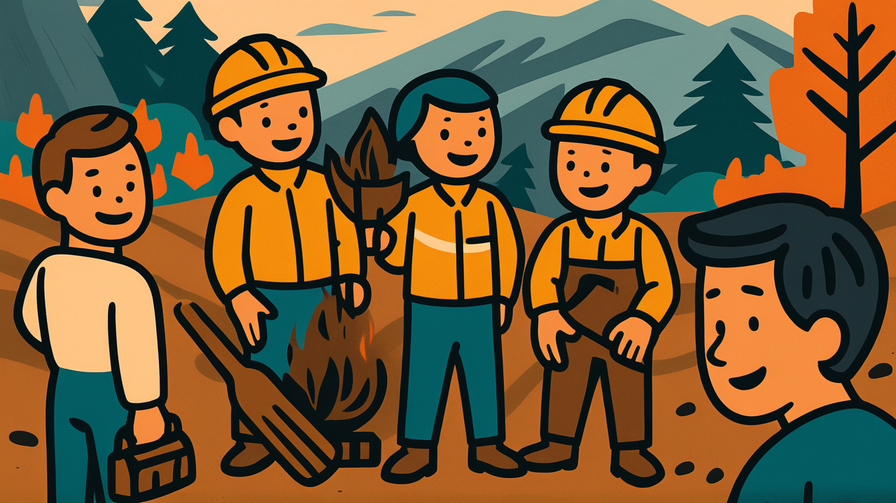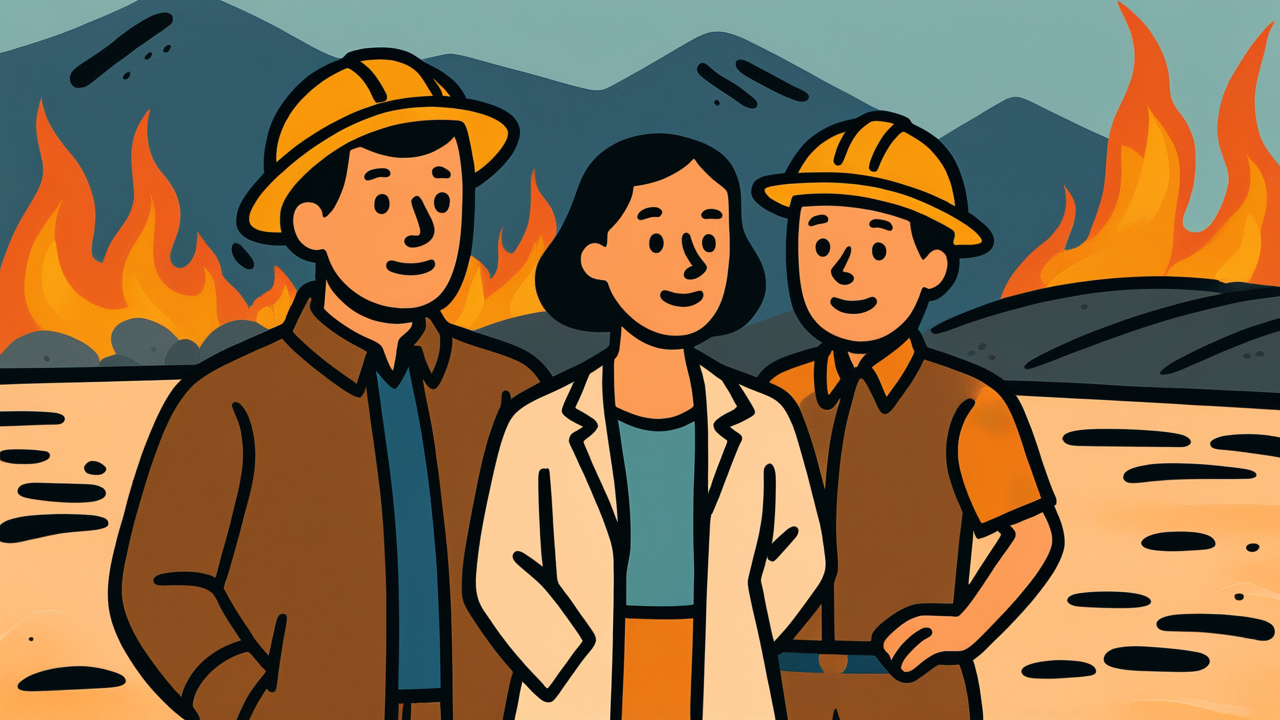[Disclaimer] This article is reconstructed based on information from external sources. Please verify the original source before referring to this content.
News Summary
The following content was published online. A translated summary is presented below. See the source for details.
One year after the devastating wildfire that struck Jasper, Alberta, the Government of Canada reaffirms its commitment to supporting the community’s recovery and rebuilding efforts. The July 2024 wildfire was the largest natural disaster in the history of Canada’s national parks, destroying approximately 30% of the Jasper townsite and causing the evacuation of 25,000 residents and visitors. The fire burned through 33,000 hectares of Jasper National Park, a UNESCO World Heritage Site known for its pristine mountain landscapes and diverse wildlife. Federal support has included emergency response funding, temporary housing assistance, business recovery programs, and infrastructure rebuilding. The government emphasizes its continued solidarity with Jasperites as they work to restore their mountain community while implementing new fire-resilient building standards and forest management practices.
Source: Prairies Economic Development Canada
Our Commentary
Background and Context

Jasper is a small mountain town in Alberta’s Rocky Mountains, home to about 4,700 permanent residents but hosting over 2 million visitors annually. It sits within Jasper National Park, Canada’s largest Rocky Mountain park, famous for glaciers, hot springs, and wildlife like elk, bears, and mountain goats.
The July 2024 wildfire was catastrophic – imagine one-third of your hometown suddenly gone, including homes, businesses, and community landmarks that had stood for generations. The fire moved so quickly that the entire town and park had to be evacuated in just hours, creating Canada’s largest wildfire evacuation ever.
Climate change has made wildfires more frequent and intense across Canada. Warmer temperatures, earlier snowmelt, and longer droughts create perfect conditions for devastating fires like Jasper’s.
Expert Analysis
The Jasper fire represents a new reality for mountain communities. Traditional firefighting methods proved insufficient against the fire’s intensity, fueled by decades of forest management that suppressed natural small fires, allowing fuel to build up.
Recovery involves more than just rebuilding. Communities must now incorporate “FireSmart” principles:
– Building with fire-resistant materials
– Creating defensible spaces around structures
– Managing forests to reduce fuel loads
– Improving evacuation routes and emergency planning
The economic impact extends far beyond Jasper – the town’s tourism industry, worth hundreds of millions annually, affects jobs across Alberta and Canada. Hotel workers, tour guides, restaurant staff, and small business owners all faced immediate unemployment.
Additional Data and Fact Reinforcement
The fire’s statistics are staggering. It destroyed over 350 structures, including the town’s church, legion, and numerous heritage buildings. The evacuation involved moving not just people but also managing wildlife displacement as animals fled the flames.
Federal disaster assistance has provided over $100 million for recovery, including payments to evacuees, business loans, and infrastructure repairs. However, full rebuilding will take years and cost billions, with some residents choosing not to return.
Young Canadians should understand that wildfire risk affects many communities. Over 7 million Canadians live in areas with significant wildfire risk, particularly in British Columbia, Alberta, and the boreal forest regions.
Related News
Jasper’s fire is part of Canada’s worsening wildfire crisis. The 2023 season saw over 18 million hectares burn nationwide – an area larger than Florida. Smoke from Canadian fires affected air quality as far south as Philadelphia.
Communities across Canada are rethinking development in fire-prone areas. Some are creating “fire breaks” – cleared areas that slow fire spread. Others are investing in early detection systems and community fire guards.
Summary

One year after the Jasper wildfire, the community’s recovery exemplifies both human resilience and the urgent need to adapt to climate change. For young Canadians, Jasper’s story offers important lessons about community solidarity, environmental stewardship, and the importance of preparing for natural disasters. The rebuilding process shows how communities can emerge stronger by incorporating new knowledge about fire resistance and forest management. As climate change increases wildfire risks, understanding these events helps prepare the next generation to build more resilient communities.
Public Reaction
Jasper residents have shown remarkable resilience, with many choosing to rebuild despite the trauma. Canadians nationwide donated millions to support recovery efforts. Environmental groups use Jasper as an example of why climate action is urgent. Some debate whether rebuilding in high-risk areas is wise, while others emphasize the cultural and economic importance of mountain communities.
Frequently Asked Questions
Why are wildfires getting worse? Climate change creates hotter, drier conditions. Decades of fire suppression let forest fuel accumulate. More people living in forested areas increases both fire starts and evacuation challenges.
How can communities prepare for wildfires? FireSmart programs teach property owners to create defensible spaces, use fire-resistant materials, and maintain evacuation plans. Communities need emergency alerts, evacuation routes, and practiced response plans.
What careers help with wildfire management? Forest firefighters, emergency managers, climate scientists, urban planners specializing in fire-resistant design, evacuation coordinators, and environmental engineers all play crucial roles in wildfire preparation and response.


